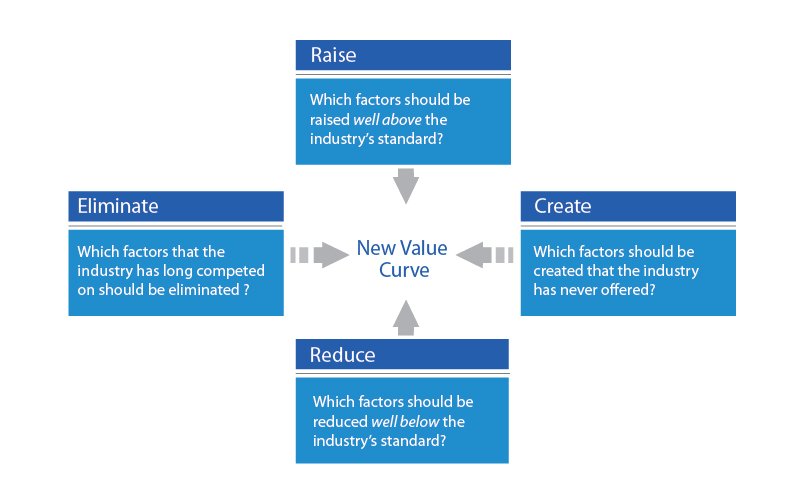FAIR PRICING
According to Longenecker, Petty, Palich and Hoy in Small Business Management 16E (2012), price is to specify what the seller expects in return from the transfer of possession or use of a product or service.
All entrepreneurs decide in a more appropriate and strategic way about the value of their products and services. This task has not been easy for many unfortunately.
Basically there are two factors that can influence decision making: sales volume and price. Have you ever stopped to ask yourself why would Toyota remain one of the best car companies if prices are affordable compared to other luxury markets? Obviously due to the volume of sales that Toyota makes, the strength and consistency of the brand and fair pricing.
With this example we realize that a company becomes profitable in two ways:
A high price restricted to a niche of customers (limited target audience)
A balanced price (more inclusive target audience)
In these two logics comes a challenge for small businesses and startups, what is the ideal method? 1 or 2.
To opt in 1 the logic is always to invest more in the quality of the product / services and to opt in 2 it is necessary to invest more in the volume of sales, which in turn implies to have several customers at disposal.
In either option 1 or 2 it is always necessary for a company to generate “repeat business“, for example to have customers who not only buy once, but who come back more and indicate more people some people call them apostles.
 WHAT MAKES A CUSTOMER REPEAT OR ABANDON?
WHAT MAKES A CUSTOMER REPEAT OR ABANDON?
Generically speaking, most of the times customer satisfaction depends on two factors: Quality and price and at some point the relationship with the customer.
The most dangerous dynamic is the so-called “elasticity of demand” where the rise or fall of the price automatically affects the customer in two scenarios.
If the price increases the demand for the product and service decreases;
If the price decreases then the demand for the product and service increases.
Recently there are some international companies that entered in emerging countries like Mozambique and use a strategy called “prestige pricing”, that is, prestige price, that they use highly exaggerated prices in the services claiming an image of high quality and exclusivity, whereas in reality it does not have as much exclusivity in services.
Other domestic companies start with a strategy called “penetration strategy”, which consists of using low prices to attract customers and be accepted in the market and increas prices in the future.
WHAT IS THE BEST PRICE STRATEGY FOR STARTUPS?
It is, of course, fair pricing.
Before putting my conclusion on fair price, I will leave a strategy more used in the world of business beyond the ones I mentioned.
Skimming: This strategy consists of starting a business with a high price and then redoing it for a competitive price;
Follow-the-leader: Consists of placing a price based on the price of the market leader;
Variable: Various prices for the same product and service to guarantee the concession for certain customers;
Dynamic: A high price is placed when the company thinks the customer has a high profile;
Price lining: Various prices for different strains of the same product.
None of these strategies can be conceived as ideial for startups in the first phase, so the fair price is the best option where both win, it is inclusive pricing, ethical pricing , where the customer wins and the seller wins , the two parts involved in the transaction win.
A fair price is neither high nor low, but rather a price that favors the cost of production on the part of the seller and the purchasing power on the part of the customer.
To use the fair price strategy, startups must adopt another strategy called “value innovation“ by Dr.Kim and Melbourne, this strategy is all about minimizing the cost of production and increase quality. Sounds crazy right??? , By using some tools on the blue ocean stractegy ( the four action framework):
The four actions Framework
“The four action framework not only helps with pricing, but also it can be a very strategic tools for value innovation and differentiation, it helps you design a bran new value proposition and forget about competition”



































Matéria bastante interessante.
Estimei bastante.
Mas eu gostava de colocar a seguinte questão: podemos fixar um preço em produtos ou serviços produzidos no âmbito de negócios sociais, se sim, como?